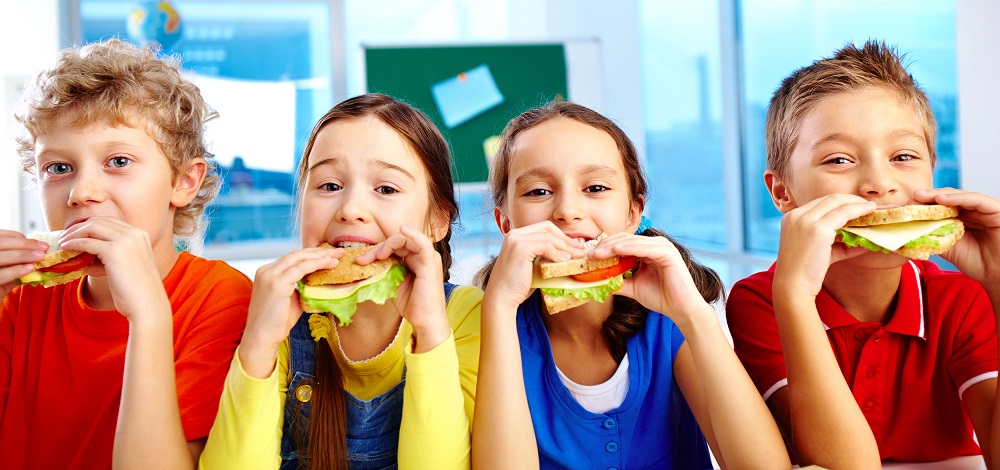
THE 10 NATIONAL CHILD SAFE PRINCIPLES FOR ORGANISATIONS
In a world where the safety and wellbeing of children must be paramount, implementation of the 10 National Child Safe Principles cannot be overstated. The National Principles for Child Safe Organisations, as introduced and supported by the Australian Human Rights Commission, provide a clear and focused approach to safeguarding children from abuse and neglect.
While some states have elected to introduce state-specific child safe standards, these have been based on the National standards.
At In Safe Hands, we understand that these Principles are not merely guidelines but are a call to action to ensure every child is protected, respected and empowered.
Our mission aligns with the National Child Safe Principles by providing education and training that equips organisations to meet and then exceed these standards. So, join us now as we delve into each of the ten Principles, understanding their importance and the role they play in creating safer environments for our children.

Principle 1. Child safety and wellbeing is embedded in organisational leadership, governance and culture.
Organisational leaders must make child safety a key component of their culture. This involves setting a zero-tolerance policy for child abuse, promoting children's rights and ensuring every team member is committed to protecting children. In Safe Hands offers tailored leadership training to help embed these values deeply within your organisation.
Principle 2. Children and young people are informed about their rights, participate in decisions affecting them and are taken seriously.
Children should be empowered to take part in the decisions that affect their lives. This involves creating welcoming environments where children feel safe to express their views and have them taken seriously. According to the National Child Safe Principles, organisations must actively involve children in creating learning and development environments that are responsive to their needs. This engagement helps in promoting an organisational culture of inclusiveness and respect for the opinions of children and young people.
Principle 3. Families and communities are informed and involved in promoting child safety and wellbeing.
The involvement of families and communities enhances child safety. This Principle is designed to help inform parents and carers about safeguarding children and young people and encourage their feedback and input. Organisations should provide information about the standards expected of the organisation and involve them in the development and review of practices and policies.

Principle 4. Equity is upheld and diverse needs respected in policy and practice.
A child-safe organisation is inclusive and adaptive in considering the needs of all children, especially those who are vulnerable due to disability, cultural background or trauma. In Safe Hands can support your organisation to ensure equity through a range of programs including Building a Protective Environment for Children.
Principle 5. People working with children and young people are suitable and supported to reflect child safety and wellbeing values in practice.
Ensuring that staff are well-chosen, trained and supported is essential for a child-safe environment. From recruitment to induction and working with children checks, this Principle ensures that only qualified people are placed in these positions of responsibility.
Principle 6. Processes to respond to complaints and concerns are child focused.
Organisations are required to have complaints processes that are child-focused, culturally safe, accessible, transparent and understood by children and young people, as well as their families and communities. The National Child Safe Principles outline that these processes should support the rights of children and contribute to an organisational culture of safety. Our experts at In Safe Hands can help you develop and refine these complaints handling processes.

Principle 7. Staff and volunteers are equipped with the knowledge, skills and awareness to keep children and young people safe through ongoing education and training.
Evidence-based tools that support staff and volunteers to continually update and represent a contemporary understanding of child development, safety and wellbeing are critical. At In Safe Hands, we provide up-to-date training and resources to ensure that everyone in your organisation understands their role in keeping children safe.
Principle 8. Physical and online environments promote safety and wellbeing while minimising the opportunity for children and young people to be harmed.
As noted in the National Child Safe Principles, “Technological platforms within organisations provide valuable tools in education, communication and help seeking.” Risks associated with these platforms must be minimised through all necessary means. At In Safe Hands, we offer audits and advice on enhancing security and supervision to create a safe environment for children both offline and online.
Principle 9. Implementation of the National Child Safe Principles is regularly reviewed and improved.
Continuous improvement is key to child safety. It is important that staff, volunteers, children and young people, families and community mentors participate in the review process to ensure it remains robust, continuing to strengthen the safety of children within all levels of the community.
Principle 10. Policies and procedures document how the organisation is safe for children and young people.
Clear documentation of policies and procedures ensures that all actions to protect children are transparent and verifiable. They must be easy to understand and implement and be championed by organisational leaders who effectively model their implementation.
At In Safe Hands, we are dedicated to guiding organisations through the journey of creating and maintaining a child-safe environment. By adhering to these 10 National Child Safe Principles, your organisation will not only protect children but also build a culture of trust and safety that benefits everyone involved.
We can help you meet specific state child safe standards by understanding the national standards.
For more information and to begin your training, visit our website or contact us directly. Your commitment to these principles can make a profound difference in the lives of children.
